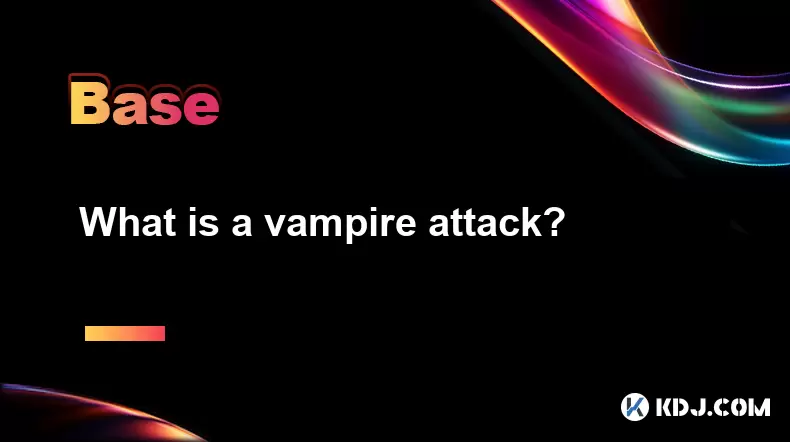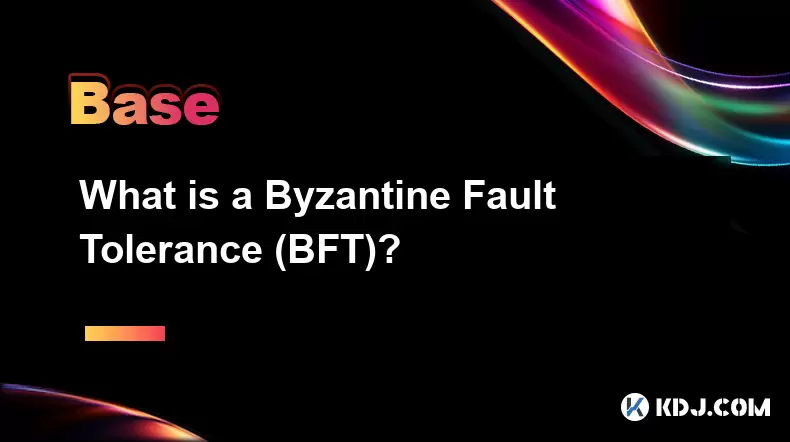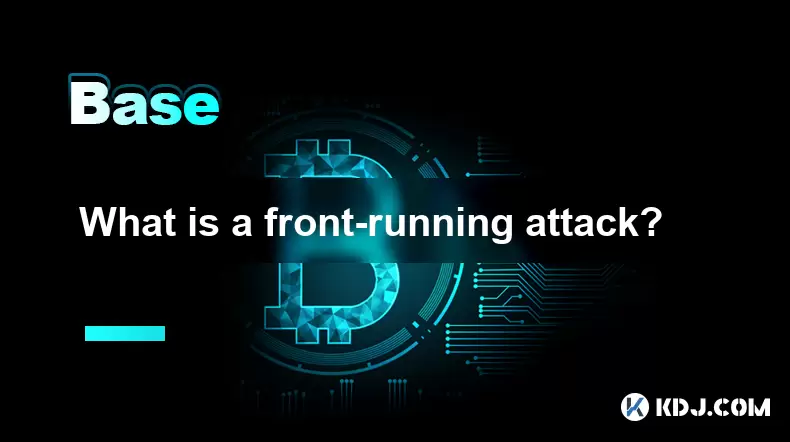-
 Bitcoin
Bitcoin $108,996.1967
2.65% -
 Ethereum
Ethereum $2,568.0446
5.65% -
 Tether USDt
Tether USDt $1.0004
0.02% -
 XRP
XRP $2.2532
3.07% -
 BNB
BNB $659.8395
1.51% -
 Solana
Solana $153.8915
3.45% -
 USDC
USDC $0.9999
-0.02% -
 TRON
TRON $0.2839
0.92% -
 Dogecoin
Dogecoin $0.1696
6.19% -
 Cardano
Cardano $0.5894
6.83% -
 Hyperliquid
Hyperliquid $39.8845
6.55% -
 Sui
Sui $2.8870
7.43% -
 Bitcoin Cash
Bitcoin Cash $501.4074
-0.52% -
 Chainlink
Chainlink $13.5237
4.68% -
 UNUS SED LEO
UNUS SED LEO $9.0168
0.76% -
 Avalanche
Avalanche $18.6548
7.56% -
 Stellar
Stellar $0.2405
4.66% -
 Toncoin
Toncoin $2.8775
3.34% -
 Shiba Inu
Shiba Inu $0.0...01189
4.74% -
 Litecoin
Litecoin $88.6280
5.55% -
 Hedera
Hedera $0.1560
7.09% -
 Monero
Monero $322.9053
2.78% -
 Polkadot
Polkadot $3.5526
7.23% -
 Bitget Token
Bitget Token $4.5886
2.35% -
 Dai
Dai $1.0000
0.00% -
 Ethena USDe
Ethena USDe $1.0001
0.00% -
 Uniswap
Uniswap $7.3492
12.17% -
 Pepe
Pepe $0.0...01023
9.43% -
 Aave
Aave $274.8468
5.51% -
 Pi
Pi $0.4933
1.06%
What is a vampire attack?
A vampire attack in DeFi occurs when a platform lures liquidity providers away with higher incentives, often by cloning an existing protocol’s code and offering better rewards.
Jul 03, 2025 at 06:21 am

Understanding the Concept of a Vampire Attack in Cryptocurrency
In the world of decentralized finance (DeFi), vampire attack is a term that has gained significant traction. It refers to a strategy where one decentralized platform attempts to steal liquidity providers or users from a competing platform by offering superior incentives, often without introducing meaningful innovation. This phenomenon is most commonly observed in the context of decentralized exchanges (DEXs) and yield farming protocols.
The essence of a vampire attack lies in leveraging tokenomics and reward structures to attract liquidity providers away from an established protocol. The attacker typically clones the original project’s smart contracts and then offers higher rewards to those who migrate their liquidity. While this may seem like healthy competition, it raises ethical and practical concerns within the DeFi community.
The Mechanics Behind a Vampire Attack
A typical vampire attack unfolds in several stages. First, the attacking project identifies a successful DeFi protocol with substantial liquidity locked (TVL). Next, they replicate its core functionalities—often through open-source code. Then, they launch a new platform that mirrors the original but includes enhanced incentives such as higher yield rates, boosted token emissions, or unique governance rights.
One of the most famous examples is the case of SushiSwap, which performed a vampire attack on Uniswap in 2020. SushiSwap forked Uniswap's code and offered users SUSHI tokens in exchange for migrating their liquidity. The promise of higher returns led many liquidity providers to shift their assets, significantly impacting Uniswap’s TVL during the migration period.
Why Projects Resort to Vampire Attacks
There are multiple motivations behind launching a vampire attack. One of the primary reasons is rapid user acquisition. Instead of building a user base from scratch, a new project can leverage the existing liquidity and reputation of a well-established platform.
Another reason is capital efficiency. By copying proven models, attackers avoid the need for extensive research and development. They also bypass the risks associated with untested mechanisms, relying instead on the robustness of the original protocol’s architecture.
Moreover, some projects engage in vampire attacks to gain governance control over certain aspects of the DeFi ecosystem. By attracting large pools of liquidity, these projects can influence market dynamics and potentially dictate future developments within the space.
Impact on Liquidity Providers and Users
For liquidity providers (LPs), participating in a vampire attack can be both lucrative and risky. On one hand, they might enjoy higher yields and additional token rewards. On the other, they expose themselves to potential vulnerabilities such as impermanent loss, smart contract risks, and market volatility associated with newer platforms.
Users who interact with these protocols may benefit from increased liquidity and better trading conditions. However, if the attacking protocol fails to sustain its reward model or faces security issues, users could suffer losses or disruptions in service.
Additionally, the sudden movement of liquidity can cause instability in the original platform. In extreme cases, this can lead to slippage issues, reduced trading volume, and even temporary protocol shutdowns if the liquidity drain is severe enough.
How to Identify a Vampire Attack
Recognizing a vampire attack involves analyzing several key indicators:
- Forking activity: A sudden appearance of a clone project using similar or identical code as a popular DeFi protocol.
- Aggressive incentive programs: Offering unusually high APRs or token rewards designed to lure LPs away from the original platform.
- Governance shifts: Attempts to transfer control or voting power from the original protocol to the new one.
- Community behavior: Rapid migration of users and liquidity providers based on hype rather than fundamental improvements.
Monitoring on-chain analytics tools, tracking token emissions, and observing liquidity movements can help stakeholders detect and assess ongoing vampire attacks.
Mitigating the Risks of Vampire Attacks
Protocols aiming to defend against vampire attacks can adopt several strategies:
- Staking and locking mechanisms: Encourage long-term commitment by offering benefits for locked liquidity or vested tokens.
- Unique value propositions: Introduce features that cannot be easily copied, such as proprietary algorithms, exclusive partnerships, or innovative financial instruments.
- Governance participation: Empower users with real decision-making power to foster loyalty and reduce the appeal of external clones.
- Token utility enhancement: Improve the use cases for native tokens beyond simple yield generation, such as fee discounts, insurance coverage, or cross-platform integration.
By strengthening their ecosystems in these ways, DeFi protocols can better withstand the allure of short-term incentives offered by vampire attackers.
Frequently Asked Questions
Q: Can a vampire attack be considered legal?
Yes, since most DeFi protocols are open-source, cloning and forking are generally permissible under open-source licenses. However, ethical debates persist regarding whether such actions contribute positively to the ecosystem.
Q: How do investors react to vampire attacks?
Investor reactions vary. Some view them as signs of innovation and healthy competition, while others see them as predatory tactics that undermine organic growth and long-term sustainability.
Q: Are all forks considered vampire attacks?
No, not all forks are vampire attacks. A vampire attack specifically aims to siphon liquidity and users from a competitor through superior incentives. Other forks may be launched for experimental, educational, or improvement purposes without targeting an existing platform directly.
Q: What role does tokenomics play in vampire attacks?
Tokenomics plays a central role. The success of a vampire attack heavily depends on how attractive the new token's distribution, emission schedule, and utility are compared to the original platform.
Disclaimer:info@kdj.com
The information provided is not trading advice. kdj.com does not assume any responsibility for any investments made based on the information provided in this article. Cryptocurrencies are highly volatile and it is highly recommended that you invest with caution after thorough research!
If you believe that the content used on this website infringes your copyright, please contact us immediately (info@kdj.com) and we will delete it promptly.
- Bitcoin Soars to $109,000: What's Fueling the Crypto Rally?
- 2025-07-03 10:30:13
- Chainlink's Chart Patterns Hint at a Big Move: Decoding the LINK Price
- 2025-07-03 10:50:12
- Shiba Inu, Solana Uptrend, Bitcoin Breakout: Decoding the Crypto Buzz
- 2025-07-03 10:50:12
- XRP Price Targets $2.40 After Descending Channel Breakout: Is $40 Next?
- 2025-07-03 08:50:12
- All Blacks' Loose Forward Conundrum: New Faces and Familiar Battles
- 2025-07-03 08:30:12
- Bitcoin's Wild Ride: Open Interest, Institutional Bets, and Billions on the Line
- 2025-07-03 08:30:12
Related knowledge

What is a liquidation cascade?
Jul 03,2025 at 07:15am
Understanding the Concept of LiquidationIn the realm of cryptocurrency trading, liquidation refers to the process by which a trader's position is automatically closed due to insufficient funds to maintain the leveraged trade. This typically occurs when the market moves against the trader's position and their account equity falls below the required maint...

What is a Byzantine Fault Tolerance (BFT)?
Jul 03,2025 at 11:49am
Understanding the Concept of Byzantine Fault ToleranceByzantine Fault Tolerance (BFT) is a critical concept in distributed systems, particularly within the realm of blockchain technology and cryptocurrencies. It refers to the ability of a system to continue functioning correctly even when some components fail or behave maliciously. The term originates f...

What is a subDAO?
Jul 03,2025 at 09:36am
Understanding the Concept of SubDAOA SubDAO, short for Sub-Decentralized Autonomous Organization, is a specialized entity that operates under the umbrella of a larger DAO (Decentralized Autonomous Organization). It functions with its own set of rules, governance mechanisms, and tokenomics while remaining aligned with the overarching goals of the parent ...

What is the Travel Rule in crypto?
Jul 03,2025 at 10:28am
Understanding the Travel Rule in CryptocurrencyThe Travel Rule is a regulatory requirement initially introduced by the Financial Action Task Force (FATF) for traditional financial institutions. It has since been extended to cryptocurrency transactions, especially those involving Virtual Asset Service Providers (VASPs). The core purpose of this rule is t...

What is undercollateralized lending?
Jul 03,2025 at 12:14pm
Understanding the Basics of Undercollateralized LendingUndercollateralized lending refers to a type of loan agreement in which the borrower provides less collateral than the value of the loan they are receiving. This contrasts sharply with traditional DeFi (Decentralized Finance) lending models, where users must deposit more than the amount they wish to...

What is a front-running attack?
Jul 03,2025 at 07:36am
Understanding Front-Running in the Cryptocurrency EcosystemIn the decentralized and fast-paced world of cryptocurrency, front-running is a controversial practice that exploits transaction transparency to gain unfair advantages. Unlike traditional finance, where such practices are often executed by insiders with access to non-public data, crypto front-ru...

What is a liquidation cascade?
Jul 03,2025 at 07:15am
Understanding the Concept of LiquidationIn the realm of cryptocurrency trading, liquidation refers to the process by which a trader's position is automatically closed due to insufficient funds to maintain the leveraged trade. This typically occurs when the market moves against the trader's position and their account equity falls below the required maint...

What is a Byzantine Fault Tolerance (BFT)?
Jul 03,2025 at 11:49am
Understanding the Concept of Byzantine Fault ToleranceByzantine Fault Tolerance (BFT) is a critical concept in distributed systems, particularly within the realm of blockchain technology and cryptocurrencies. It refers to the ability of a system to continue functioning correctly even when some components fail or behave maliciously. The term originates f...

What is a subDAO?
Jul 03,2025 at 09:36am
Understanding the Concept of SubDAOA SubDAO, short for Sub-Decentralized Autonomous Organization, is a specialized entity that operates under the umbrella of a larger DAO (Decentralized Autonomous Organization). It functions with its own set of rules, governance mechanisms, and tokenomics while remaining aligned with the overarching goals of the parent ...

What is the Travel Rule in crypto?
Jul 03,2025 at 10:28am
Understanding the Travel Rule in CryptocurrencyThe Travel Rule is a regulatory requirement initially introduced by the Financial Action Task Force (FATF) for traditional financial institutions. It has since been extended to cryptocurrency transactions, especially those involving Virtual Asset Service Providers (VASPs). The core purpose of this rule is t...

What is undercollateralized lending?
Jul 03,2025 at 12:14pm
Understanding the Basics of Undercollateralized LendingUndercollateralized lending refers to a type of loan agreement in which the borrower provides less collateral than the value of the loan they are receiving. This contrasts sharply with traditional DeFi (Decentralized Finance) lending models, where users must deposit more than the amount they wish to...

What is a front-running attack?
Jul 03,2025 at 07:36am
Understanding Front-Running in the Cryptocurrency EcosystemIn the decentralized and fast-paced world of cryptocurrency, front-running is a controversial practice that exploits transaction transparency to gain unfair advantages. Unlike traditional finance, where such practices are often executed by insiders with access to non-public data, crypto front-ru...
See all articles

























































































